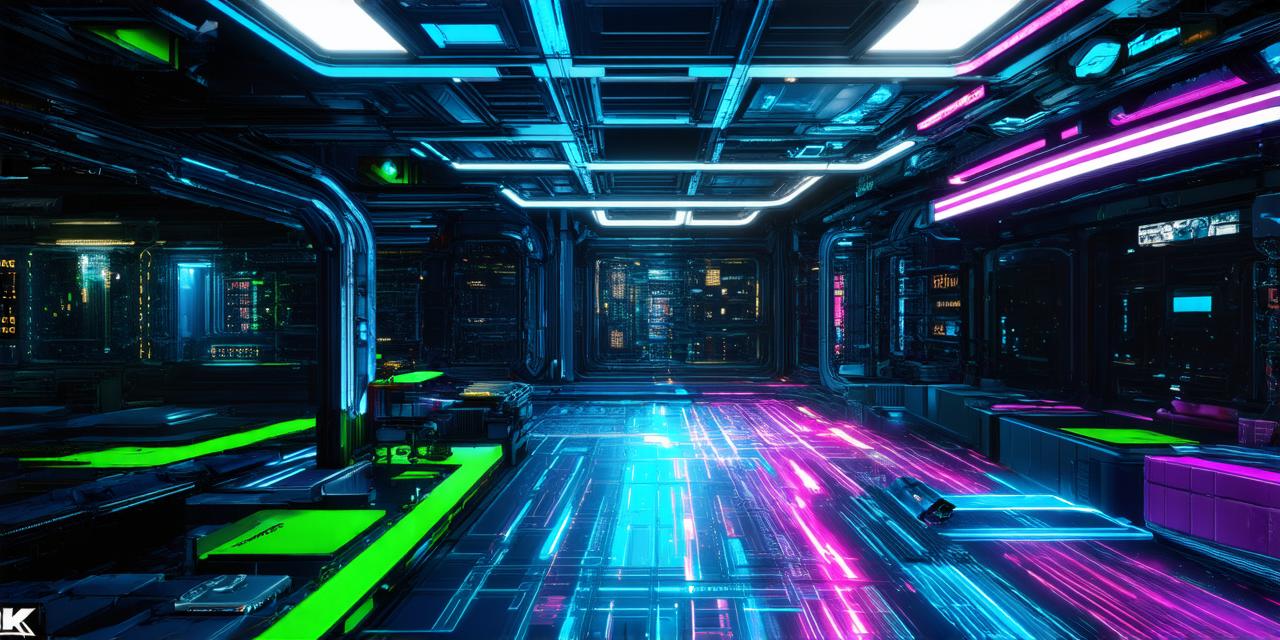The world of video games has evolved over the years, with new technologies and tools emerging to make game development more accessible and efficient. One such tool is Unity, a popular game engine that allows developers to create 2D and 3D games for various platforms.
Understanding Unity
Unity is a cross-platform game engine that supports the creation of 2D and 3D games for various platforms, including Windows, Mac, iOS, Android, and consoles like the PlayStation 4 and Xbox One. It offers a wide range of features and tools that make it easy to create complex games with minimal technical knowledge.
Some of the key features of Unity include:
- A visual scripting system that allows developers to create game logic without writing code
- A built-in physics engine for realistic gameplay
- Support for various scripting languages, including C and JavaScript
- A wide range of pre-made assets and tools for creating 3D models, animations, and other game elements
Getting Started with Unity
To get started with Unity, you will need to download the engine from the official website. Once you have installed Unity, you can create a new project and select the type of game you want to create (e.g., 2D platformer, 3D adventure).
Next, you can begin designing your game by creating 3D models and animations using tools like Blender or Maya. You can also use Unity’s built-in tools for creating game objects, scripting, and more.
Creating 3D Games in Unity
To create a 3D game in Unity, you will need to follow these general steps:
- Design your game world and create 3D models and animations for your characters and objects.
- Set up your game scene by placing game objects in the appropriate positions and adding lighting and other visual effects.
- Create game logic using Unity’s visual scripting system or C/JavaScript code. This will include things like player movement, enemy behavior, and other interactive elements.
- Test your game to ensure that it is functioning as expected and make any necessary adjustments.
Some of the key considerations when creating 3D games in Unity include:
- Optimizing your game for performance by reducing draw calls and minimizing the use of large textures.
- Ensuring that your game is compatible with various platforms and devices.
- Adding sound effects and music to enhance the overall experience.
Summary
Creating 3D games in Unity is a viable possibility for developers of all skill levels. With its wide range of features and tools, Unity makes it easy to create complex games with minimal technical knowledge. Whether you are a beginner or an experienced game developer, Unity offers everything you need to bring your game ideas to life.
